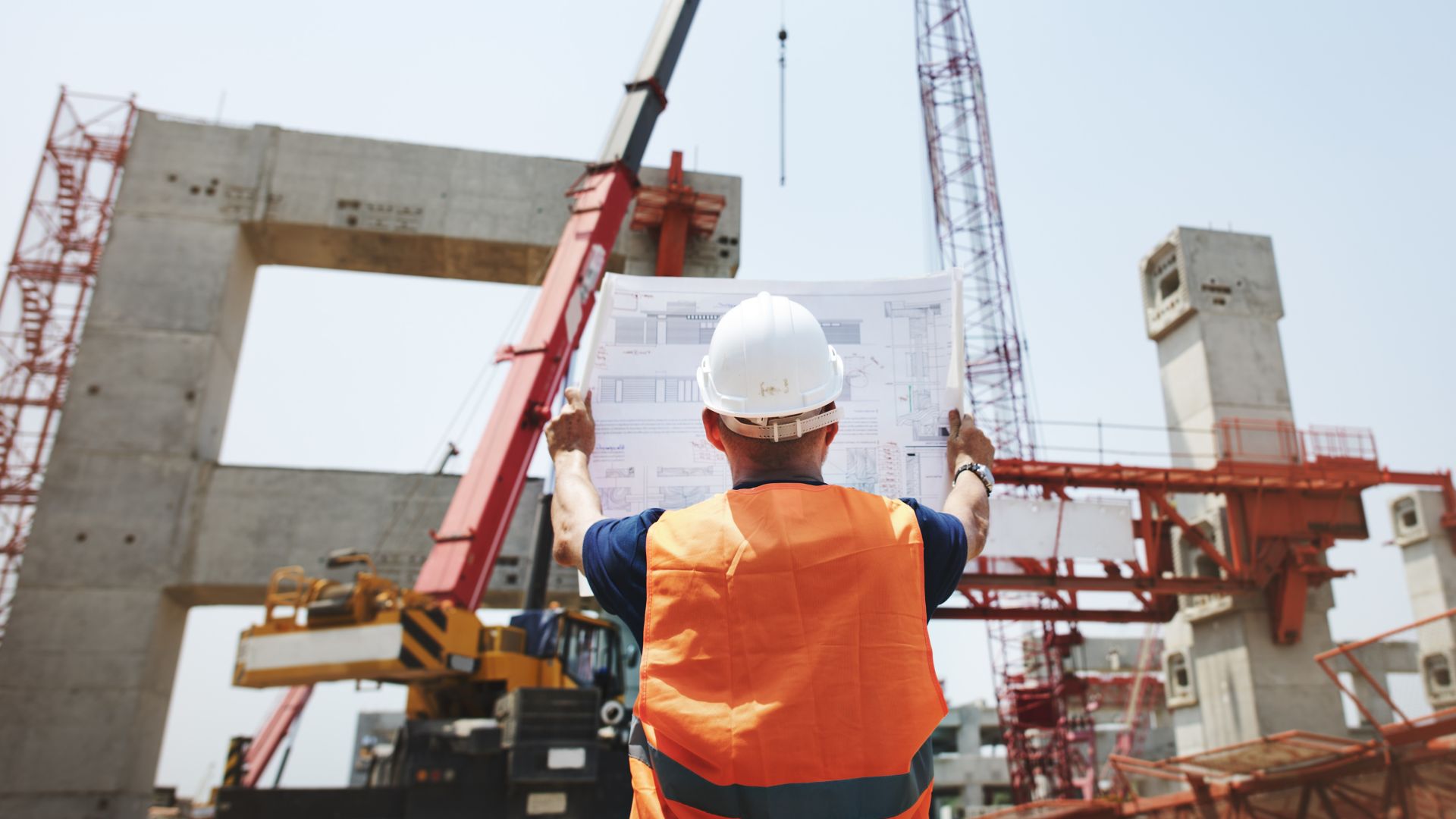COURSE DESCRIPTION
In this webinar you will gain knowledge in Sika concrete products that are used in concete systems. You will learn that part of the concrete system is found in other parts of our seven target markets. These targert markets include waterproofing, roofing, flooring, sealing and bonding, refurbishment and industry.
LEARNING OBJECTIVES
- Common problems and types of concrete shrinkage
- Information you should know about the cost of cracks and how to limit cracking
- Sika Admixtures for Shrinkage Mitigation/Compensation
- Sika Fibers
- Sika Slab of Grade system highlights, applications and benefits
COMMON CONCRETE SHRINKAGE ISSUES
40% to 50% of concrete deterioration is due directly or indirectly to shrinkage cracks. The repair efforts that go into this for every cubic yard of existing concrete is about $1 to $2 per year in repair efforts. To put this in prespective, the Caltrans California Department of Transportation spend $50 million annually repairing their bridge decks due to shrinkage cracks.
- About 40-50% of concrete deterioration is due directly or indirectly to shrinkage cracks.
- Best estimate~ for every cubic yard of exisiting concrete (from sidewalks to dams), we spend about $1-2 per year in repair efforts
- Example: Caltrans spends $50M annually repairing bridge decks due to shrinkage cracks.
- Loss of moisture from hardended concrete surface- Plastic Shrinkage
- Volume of concrete reduces and it shrinks- Autogenous Shrinkage
- Water in capillary exerts forces on capillary wall- Drying Shrinkage
- Plastic Settlement
- Thermal Cracking
- Strucutral Cracking
- ASR
- Corrosion
Plastic and drying shrinkage are the primary types of concrete shrinkage.
Drying shrinkage is a random type of cracking that occurs due to excessive evaporation after the concrete has hardened. This means that this type of cracking occurs later in the process.
They are are caused by excessive evaporation due environmental factors such as wind, temperature and sun. This will typically happen early in the process as the concrete mix is gaining strength.
Brief summary of the three main concret shrinkage issues:
DRYING SHRINKAGE
- Forms random cracks
- Caused by excessive evaporation
- Evaporation or loss of water occurs after concrete has hardened.
- Leads to a volumetric change in unrestrained cement paste.
- Long term process
PLASTIC SHRINKAGE
- Forms diagnol or random
- Caused by excessive early evaporation due to sun, wind, temperature and other enviromental factors.
- Short term process
AUTOGENOUS SHRINKAGE
- Forms diagonal or random
- Caused by volumetric reduction
- Water loss due to cement hydration and moisture movement within the concrete.
The graph shows the behaviors of concrete with and without admixtures:
- The goal of this test is to get back to the initial concrete biome (dotted line) as possible and then remain constant.
- The expansive admixture (top) shows that it caused the concrete to rapidly expand and stays expanded. Expanion is just as bad as shrinkage cracks are.
- The combination of a shrinkage reducing and compensating admixture is closest to the initial concrete volume.
TIPS TO PREVENT/ LIMIT CONCRETE CRACKING:
- Utilization of low water cement ratio mix (limit paste fraction)
- Utilize largest possible max size coarse aggregate (but also keep concrete workable)
- Utilize a shrinkage reducing/ compensating admixture. Learn about our Sika Slab Control Series
- Use of concrete fibers
- Cure the concrete by controlling temperature and moisture movement. Sika Ultracure NCF is the perfect product for
SIKA CONCRETE PRODUCTS
SIKA SLAB ACCESSORIES
Sika Corporation is a Registered Provider with The American Institute of Architects Continuing Education Systems (AIA/CES). Credit(s) cannot be earned for the above webinar as the live event has concluded. However, we are happy to get in touch with your team by filling out the Sika Slab Expert contact form below .
ABOUT THE PRESENTER
Steve Brinker is a Key Accounts Manager with Sika Corporation. Before joining Sika in 2014, Steve worked in the St. Louis concrete market for 17 years. Steve has extensive experience in preconstruction and project management with a focus in commercial and civil concrete construction. Responsibilities have included cost estimating, value engineering, bidding and managing projects from award to completion. Steve is a graduate of Maryville University - St. Louis.
Contact The Slab On Ground Team

